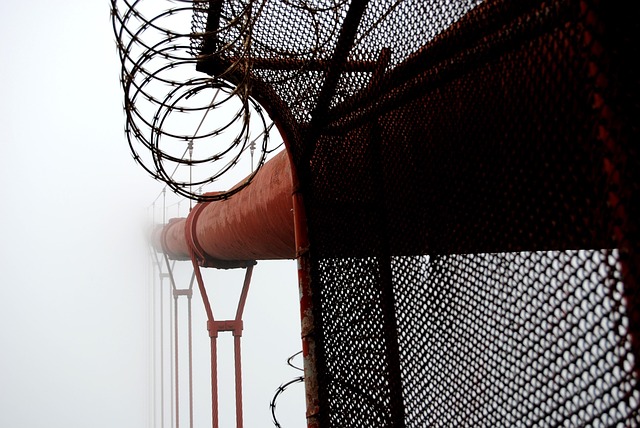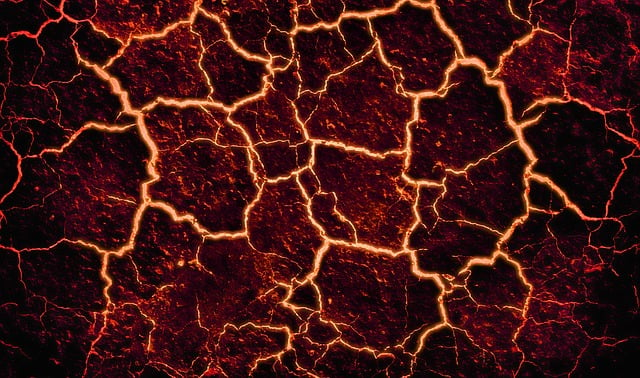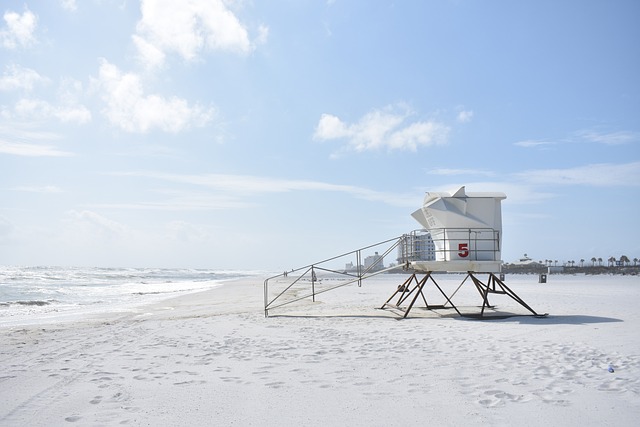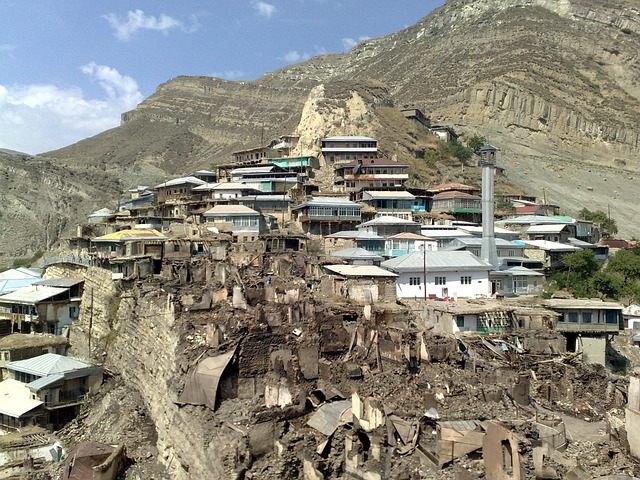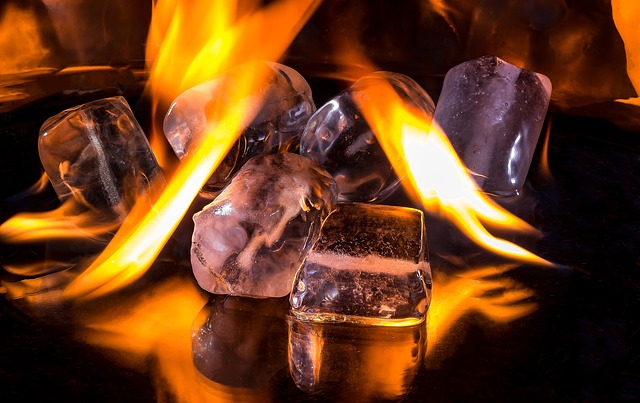Selling a fire-damaged house in California requires a thorough understanding of water damage mitigation, structural repairs, and legal disclosures. Key steps involve assessing water intrusion sources, containing moisture, and preventing mold growth to enhance property resale value. Professional restoration companies employ advanced techniques for drying, dehumidifying, and repairing homes after floods or coastal moisture issues. Content restoration, disinfection, and proper disclosure adhere to California's legal guidelines, ensuring transparency for buyers and sellers in the competitive real estate market.
Water damage mitigation is a critical process that requires swift action and expert knowledge, especially in California’s diverse climate. This article guides you through essential aspects of managing water damage, from initial assessment to legal considerations when selling a fire-damaged home in California. Learn about effective drying techniques, structural restoration, content restoration, and disinfection procedures. Understanding these basics is key to minimizing losses and ensuring a successful recovery process.
- Understanding Water Damage Mitigation: The Basics
- Assessing Water Damage in California Properties
- Dry Out and Dehumidify: Effective Techniques
- Restoring Structural Integrity After Flooding
- Content Restoration and Disinfection Procedures
- Legal Considerations for Selling a Fire-Damaged House
Understanding Water Damage Mitigation: The Basics
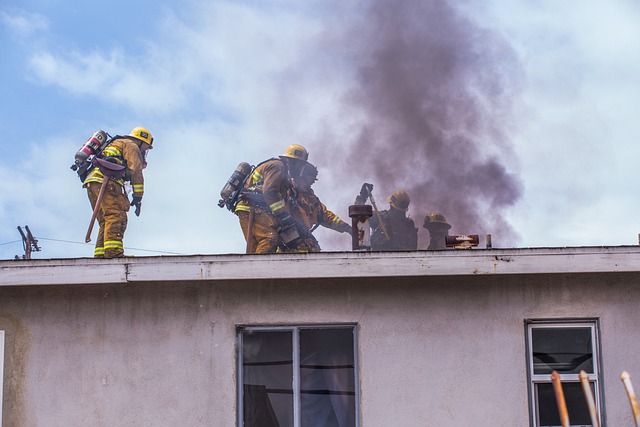
Water damage mitigation is a critical process that involves assessing, containing, and removing water from affected areas to prevent further harm to properties. In the context of selling fire-damaged houses in California, understanding this process is essential for both homeowners and prospective buyers. Water can cause significant structural damage, promote mold growth, and lead to the deterioration of various materials, making swift action crucial.
The basics of water damage mitigation include identifying the source of water intrusion, assessing the extent of damage, and implementing immediate measures to stop the flow of water. This might involve turning off the main water supply, extracting standing water, and using dehumidifiers to reduce moisture levels. For fire-damaged homes, where water is often used during firefighting efforts, specialized techniques are required to address both the water and fire-related damages simultaneously, ensuring a thorough restoration that meets safety standards and increases the property’s resale value in the competitive California real estate market.
Assessing Water Damage in California Properties

Assessing water damage in California properties, especially after floods or leaks, is a critical step for homeowners and real estate agents looking to sell fire damaged houses California. The state’s diverse climate and varied geographic features mean that water damage can manifest in various forms, from persistent moisture issues in coastal areas to severe flooding in mountainous regions.
For those intending to sell their properties, understanding the extent of water damage is essential. Professional assessments are recommended to identify hidden problems like mold growth or structural weaknesses caused by prolonged water exposure. Early detection and proper mitigation strategies can significantly enhance the resale value of fire damaged houses California, ensuring a smoother transition for both sellers and buyers in this competitive real estate market.
Dry Out and Dehumidify: Effective Techniques
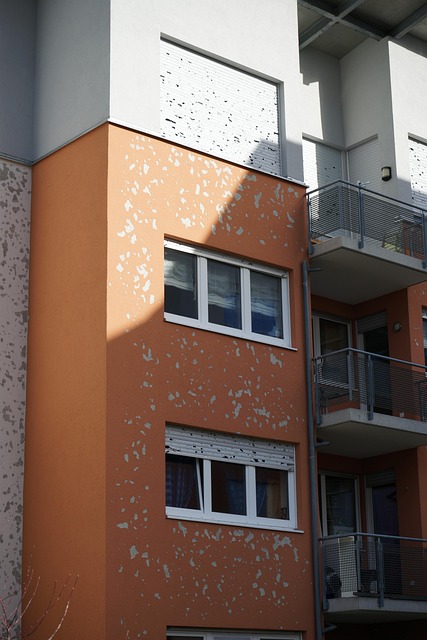
After a water damage incident, one of the crucial steps in any California home restoration process is drying out and dehumidifying the property. This critical phase ensures that not only is visible water removed but also that moisture levels are reduced to prevent further deterioration or the growth of mold and mildew, which can pose serious health risks.
There are several effective techniques for achieving this goal. High-efficiency fans and dehumidifiers play a vital role in expelling excess humidity from the air and affected areas. Professional restoration companies often employ advanced equipment like commercial dehumidifiers and air movers to expedite drying, focusing on hard-to-reach spaces and porous materials like wood, drywall, and insulation. Additionally, it’s essential to monitor temperature and humidity levels using specialized sensors to ensure that the environment is consistently dry enough to prevent water damage recurrence in a sold fire damaged house California scenario.
Restoring Structural Integrity After Flooding

After a flood, restoring the structural integrity of a property is paramount, especially in areas like California where quick action can prevent extensive damage and costly renovations. The initial step involves assessing the extent of water intrusion, identifying any weak points or compromised load-bearing elements. This meticulous process ensures that repairs are targeted and effective, addressing issues like warped floorboards, damaged walls, and weakened foundations.
Professional restoration experts utilize advanced techniques to dry out the affected areas swiftly, employing specialized equipment to extract moisture and prevent mold growth. Once dewatered, structural repairs can commence, reinforcing elements crucial for the safety and longevity of the building. This includes replacing rot-prone materials, securing new frameworks, and ensuring proper drainage systems are in place to safeguard against future water damage—a key consideration when selling fire damaged houses California buyers often seek.
Content Restoration and Disinfection Procedures

After a water damage incident, proper content restoration and disinfection are crucial steps in preparing a home for sale, especially when dealing with fire-damaged properties in California. The first step involves assessing the extent of the damage to determine which items can be restored and which may need replacement. This meticulous process ensures that any salvageable contents are cleaned and treated effectively.
Disinfection procedures play an integral role in mitigating health risks associated with water damage, particularly when there was a fire. Professional restoration companies use advanced techniques like moisture extraction, dehumidification, and antimicrobial treatments to eliminate bacteria, mold, and other contaminants. These methods are vital for restoring a safe and healthy environment, which is essential for selling a fire-damaged house in California’s competitive real estate market.
Legal Considerations for Selling a Fire-Damaged House
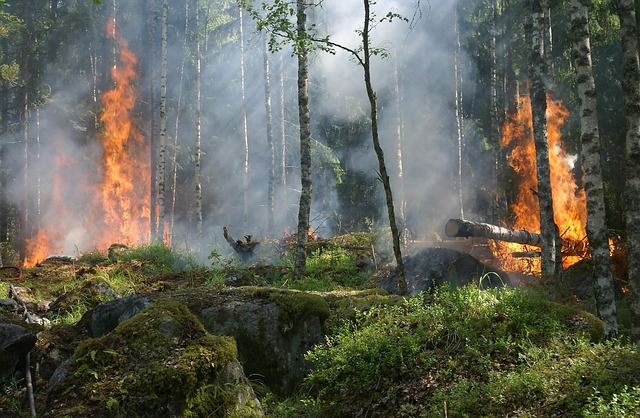
Selling a fire-damaged house in California involves navigating legal considerations that go beyond the physical repairs. Property owners must be aware of local and state regulations regarding disclosure and representation to ensure compliance and protect potential buyers. In California, sellers are legally obligated to disclose any known material defects or damage, including fire-related issues, to buyers. This includes providing written notices detailing the extent of the damage, any ongoing remediation efforts, and potential future costs for repairs.
Failure to do so may result in legal liabilities and even financial penalties. Buyers have the right to conduct inspections and obtain professional assessments to verify the accuracy of disclosures. Sellers must be transparent about the historical condition of the property, including previous fires, to avoid misleading buyers. Engaging with a real estate professional who understands these legal aspects can help streamline the selling process and protect both the seller and buyer from potential disputes or litigation related to fire damage in California.
Water damage mitigation is a complex process that requires expertise and adherence to best practices, especially in California’s diverse climate. From initial assessment to legal considerations for selling a fire-damaged house, each step is crucial in ensuring properties are restored safely and effectively. By understanding the basics, assessing damage accurately, employing proper drying techniques, restoring structural integrity, and following strict restoration and disinfection procedures, homeowners can navigate this challenging situation with confidence. Additionally, being aware of local laws regarding the sale of fire-damaged homes in California is essential for a smooth transition.
